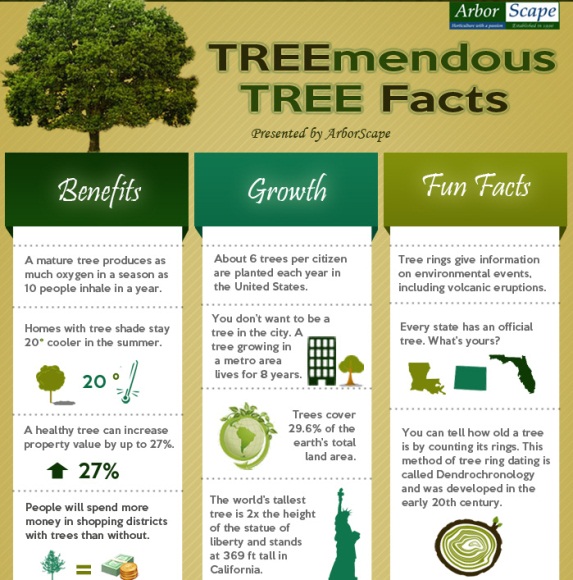Treatment After Tree Elimination: Effective Ways To Revitalize Your Landscape
Treatment After Tree Elimination: Effective Ways To Revitalize Your Landscape
Blog Article
Developed By-McMillan Cochrane
After a tree's removal, your landscape might look quite various, and it's vital to assess the aftermath carefully. You'll wish to evaluate the soil disruption and inspect bordering plants for any type of indicators of tension. Disregarding these factors can result in larger problems down the line. So, what should you finish with those stumps and origins? And exactly how do you pick the best plants for your revitalized area? Allow's explore these crucial steps.
Analyzing the Results: Evaluating Your Landscape
After a tree elimination, it's essential to evaluate your landscape to understand the impact it has on your lawn.
Begin by analyzing the area where the tree stood. Seek indications of soil disruption, and examine the bordering plants for any anxiety or damages.
You must also take note of how the removal has altered sunlight direct exposure and air flow in your garden. This shift can affect the growth of close-by plants, so it's essential to evaluate their health and wellness.
Take into consideration the visual aspects too; the removal may create an open space that you can upgrade.
Ultimately, think about any type of potential erosion concerns that may occur from the tree's lack. Attending to these factors early will assist bring back balance to your landscape.
Handling Stumps and Origins: Alternatives for Elimination
Once you have actually evaluated the after-effects of the tree removal, you'll likely need to tackle the stump and origins left behind.
You have a few options for removal. One efficient technique is stump grinding, where a professional utilizes a maker to grind the stump down to below ground degree. please click the following post leaves marginal disturbance to your landscape.
If you favor a do it yourself approach, you can make use of a combination of digging and chemical stump removers. Just remember, this procedure can require time and effort.
Additionally, think about leaving the stump as an all-natural function, which can act as an one-of-a-kind yard aspect or environment for wild animals.
Whatever you select, addressing the stump and origins is crucial for recovering your landscape.
Picking the Right Plant Kingdoms for Your New Room
As you analyze your newly removed room, picking the right plants can significantly boost your landscape's appeal and capability.
Begin by taking into consideration the sunlight and dirt problems. For bright locations, choose drought-resistant plants like lavender or succulents. In shaded areas, brushes and hostas thrive well.
Think of the dimension and growth habits of your plants; mix perennials and annuals for seasonal selection. Pruning Magnolia Tree fail to remember to integrate native varieties; they call for less maintenance and assistance local wildlife.
Team plants in strange numbers for an extra all-natural look and create layers for visual deepness.
Ultimately, guarantee you have a mix of shades and appearances to keep your landscape lively throughout the seasons.
Satisfied planting!
Verdict
In conclusion, restoring your landscape after tree removal is a rewarding procedure. By examining the after-effects, addressing stumps and origins, and selecting the right plants, you'll develop a successful atmosphere. Do not forget to incorporate erosion control procedures to safeguard your soil. With a little initiative and care, you can change your area right into a vivid garden that enhances your building. Embrace the possibility to renew your landscape and enjoy the beauty of nature right in your backyard!
